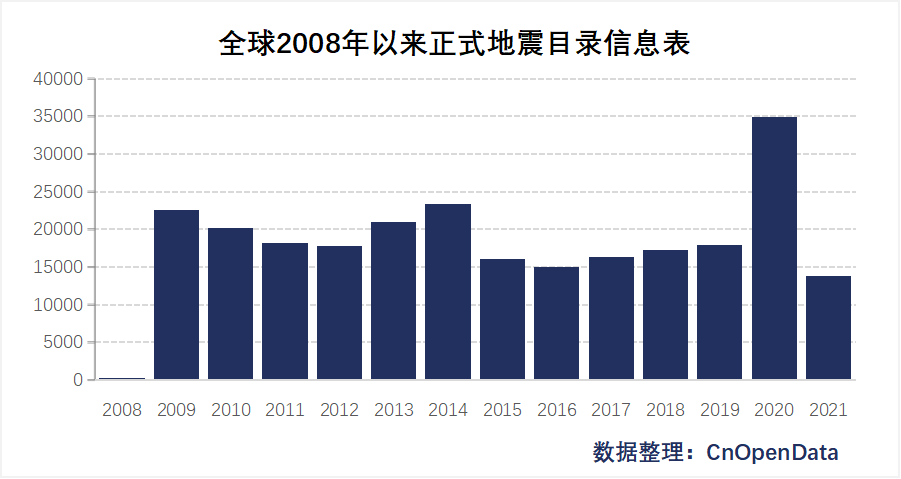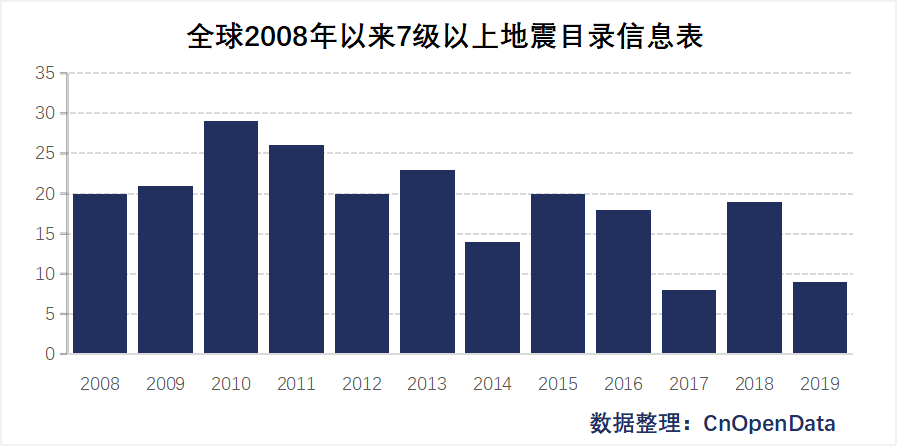Earthquakes represent one of the most frequent and devastating natural disasters worldwide, posing a significant global challenge to human survival and development. Seismic hazards exhibit the following prominent characteristics:
- Immense Destructive Potential. Earthquakes can cause catastrophic damage to terrain, ground surfaces, and their attachments (e.g., vegetation, buildings), often triggering secondary disasters such as tsunamis, fires, landslides, and floods. These events result in massive casualties, property losses, and may induce novel hazards in modern socio-technological systems, including communication failures and computer system malfunctions.
- Transient Nature and Unpredictability. Earthquakes strike instantaneously, with their destructive forces lasting from mere seconds to a maximum of two to three minutes, causing catastrophic collapses before effective defensive measures can be organized. Current scientific capabilities remain insufficient for earthquake prediction, a limitation likely to persist for the foreseeable future.
- High Frequency of Occurrence. Approximately 5 million earthquakes occur globally each year, averaging over 10,000 daily events. Most are imperceptibly minor or distant, with only 10-20 causing substantial harm to humans annually, and merely 1-2 resulting in exceptionally severe disasters.
The socio-economic impacts of earthquakes manifest across multiple dimensions. From a macro-level perspective:
- Sudden seismic events severely damage regional infrastructure and buildings while causing mass casualties, negatively impacting local economies;
- Paradoxically, such destruction creates opportunities for urban renewal by resolving conflicts between land redevelopment and durable structures, potentially stimulating new economic growth. At the micro-level, the enormous reconstruction costs impose acute fiscal pressures on local governments, potentially leading to intensified corporate taxation for revenue generation, thereby directly affecting business operations.
The CnOpenData Global Earthquake Information Dataset contains globally monitored seismic data from China's earthquake networks since 2008, providing high-quality data resources for related research.
Temporal Coverage
- Global Official Earthquake Catalog: December 29, 2008 - July 31, 2021
- Global Magnitude ≥7 Earthquake Catalog: January 2008 - November 2019
Data Scale


Field Demonstration
Sample Data
Global Official Earthquake Catalog Since 2008
Global Magnitude ≥7 Earthquake Catalog Since 2008
References
- Abbasoglu, Hilmi Bugra and Kalkan, Burak, Seismic Shifts in Property Valuations: A Salience Theory Approach to Understanding Market Reactions to Earthquake Risk (June 06, 2024).
Data Update Frequency
Annual Updates
